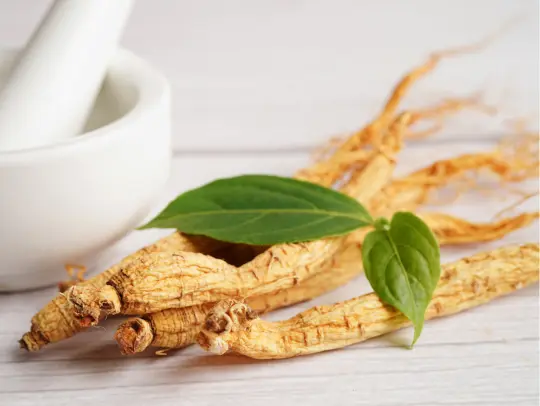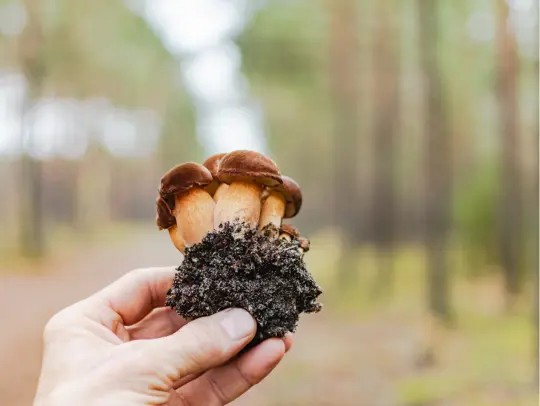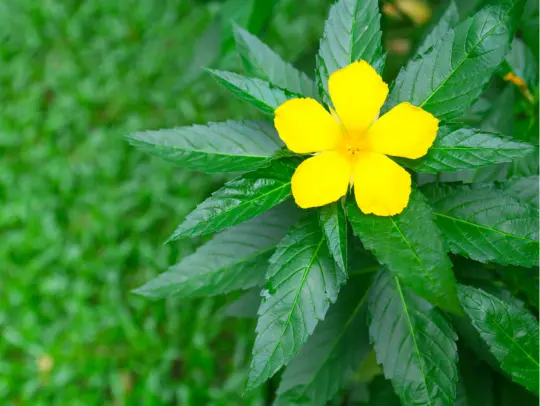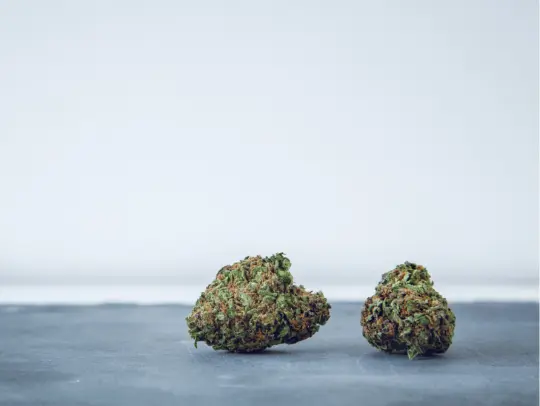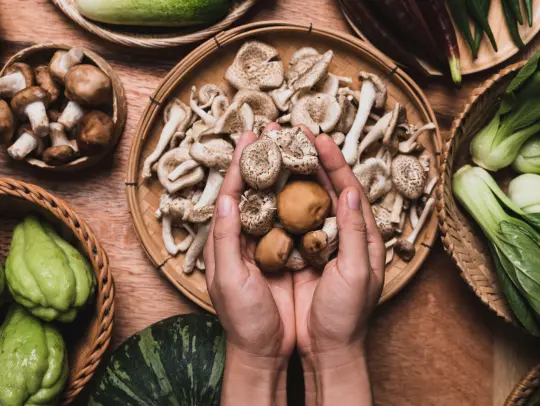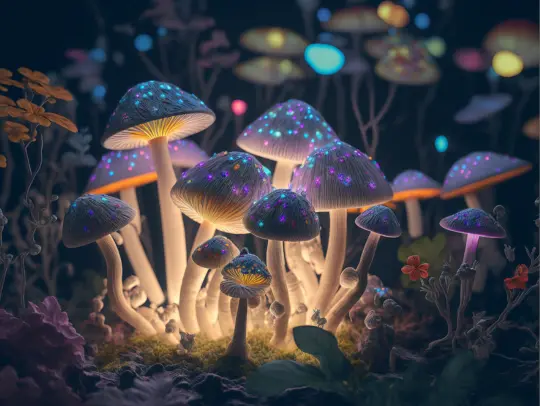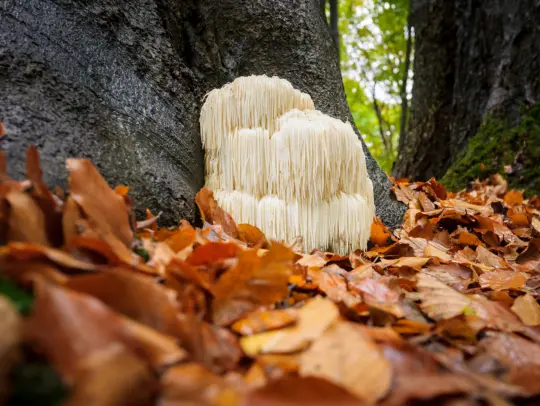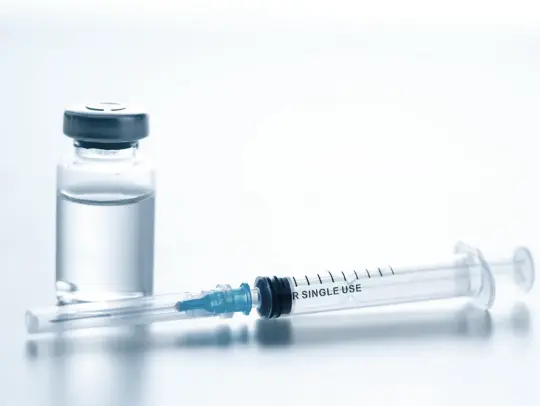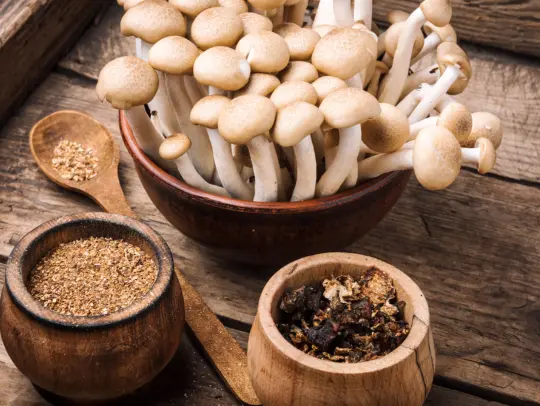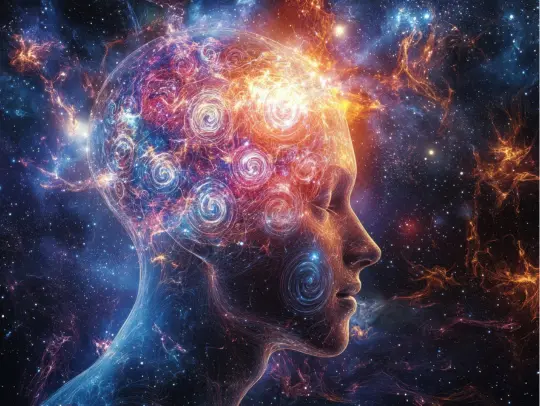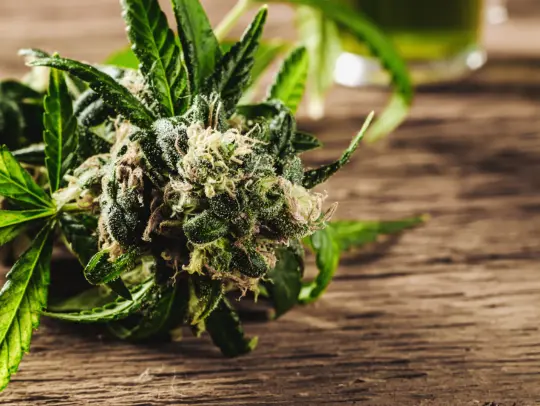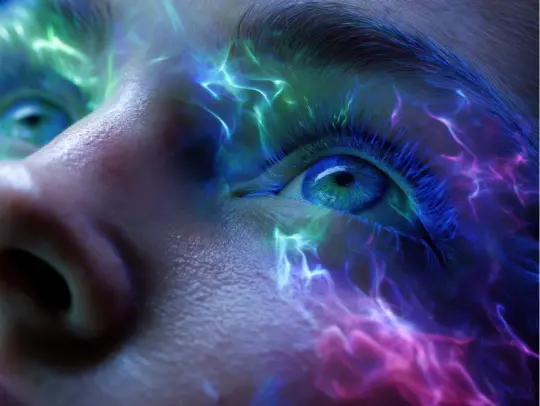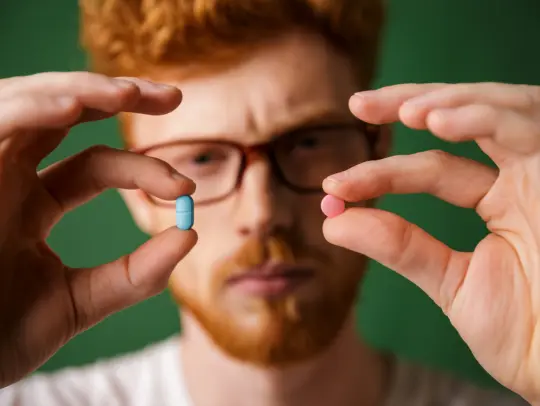
Unlocking Consciousness – A Deep Dive into DMT and the Spirit Molecule
Unlocking the Power of DMT: Therapeutic Uses, Risks, and Spiritual Insights
What Is DMT?
DMT is a powerful hallucinogenic compound found in various plants and animals, and surprisingly, in trace amounts, within the human body itself. It belongs to a class of compounds called tryptamines, which are structurally similar to serotonin—a neurotransmitter known for regulating mood and perception. DMT is also the main psychoactive component in Ayahuasca, a traditional Amazonian brew used in indigenous shamanic practices for spiritual and medicinal purposes.
Despite its deep history and naturally occurring presence, DMT is classified as a Schedule I substance in the United States and illegal in many countries. This legal status is due largely to its intense hallucinogenic effects, though recent scientific studies are beginning to unravel its therapeutic potential.
How DMT Works: The Science Behind the Trip
DMT works primarily by binding to serotonin receptors, especially the 5-HT2A receptor, the same receptor targeted by classic psychedelics like LSD and psilocybin. This interaction leads to powerful alterations in perception, consciousness, and cognition.
Users report a complete detachment from reality that’s far more immersive and intense than most other psychedelic substances. Time may dilate or dissolve altogether. Visual hallucinations can become multidimensional, even interdimensional. Some report vivid encounters with intelligent entities—sometimes described as "machine elves"—and journeys to what feels like entirely different realms of existence.
But DMT’s mechanism of action isn’t fully understood. Unlike other psychedelics, DMT is metabolized very quickly in the body, and its effects typically last only 5 to 30 minutes when smoked or vaped, making it a “businessman's trip” for psychonauts short on time.
The Profound and the Perilous: Effects of DMT
Positive Effects:
- Mystical Experiences: Users frequently report feelings of oneness, cosmic insight, and ego dissolution.
- Visual and Auditory Hallucinations: Bright colors, geometric patterns, and complex soundscapes are common.
- Emotional Catharsis: Some describe DMT as a powerful tool for emotional release and inner healing.
Negative Effects:
- Overwhelm and Fear: DMT’s intensity can be terrifying. It’s not uncommon for users to feel a loss of control or confront deeply buried fears.
- Paranoia and Confusion: Especially at higher doses or in mentally unprepared individuals.
- Physiological Side Effects: These may include elevated blood pressure, increased heart rate, and dilated pupils.
Because DMT temporarily alters sensory input and perception of reality, set and setting—your mindset and physical environment—are critically important.
Therapeutic Potential and Research
In recent years, psychedelic-assisted therapy has made a significant resurgence, with research suggesting that compounds like DMT may offer breakthrough treatment options for:
- Treatment-resistant depression
- PTSD (Post-Traumatic Stress Disorder)
- Anxiety disorders
- Addiction recovery
Studies suggest that the intense mystical experiences induced by DMT may help “reset” rigid mental frameworks and facilitate emotional healing and spiritual growth. Unlike traditional antidepressants, which can take weeks to work, DMT appears to have an almost immediate antidepressant effect when administered in a clinical setting.
Spiritual Significance: Ancient Wisdom Meets Modern Curiosity
Long before scientists began studying DMT in labs, indigenous cultures across South America were using it ceremonially in the form of Ayahuasca. This sacred brew, a combination of DMT-containing plants and monoamine oxidase inhibitors (MAOIs), allows the compound to be orally active—extending its effects for several hours.
Shamans describe the Ayahuasca journey as a conversation with the spirit world—a connection to ancestors, nature, and the divine. In fact, DMT is often called "The Spirit Molecule," a term popularized by Dr. Rick Strassman’s groundbreaking research.
Many modern users report DMT experiences that mirror near-death experiences (NDEs) or spiritual awakenings. Common themes include:
- Communicating with otherworldly beings
- Viewing past or future lives
- Experiencing the illusion of time unravel
The Legal Status of DMT
Despite its natural origins and long history of use, DMT remains a controlled substance in the United States and many parts of the world. It's classified as a Schedule I drug, which means it's considered to have a high potential for abuse and no accepted medical use—though that viewpoint is quickly being challenged by emerging research.
Possession, production, or distribution of DMT without proper authorization can result in severe legal consequences. However, in certain contexts—such as religious ceremonies (e.g., the União do Vegetal Church in the U.S.)—its use has been granted legal protections.
DMT vs. Other Psychedelics: A Unique Experience
Compared to other psychedelics like LSD or psilocybin:
- Duration: DMT trips are very short—often 10–30 minutes—yet extremely intense.
- Intensity: DMT is more visually and spatially overwhelming.
- Depth of Experience: DMT is often associated with entity encounters and interdimensional travel.
Its closest relative in intensity is 5-MeO-DMT, another powerful psychedelic often derived from the venom of the Bufo alvarius toad. Part two of this Herbal Alchemy series will dive deeper into the difference between N,N-DMT and 5-MeO-DMT.
Final Thoughts: Use with Caution, Respect, and Intention
DMT holds immense potential—for healing, for insight, and for spiritual awakening. But it is not a recreational party drug. It’s a powerful tool that should be approached with intentionality, education, and caution.
If you’re considering exploring DMT, it’s essential to:
- Do your research
- Ensure a safe and supportive setting
- Avoid mixing with medications (especially MAOIs or SSRIs)
- Have a trusted sitter or guide present
As we continue to explore the frontiers of plant medicine, DMT reminds us that the universe—both inner and outer—still holds many mysteries.


